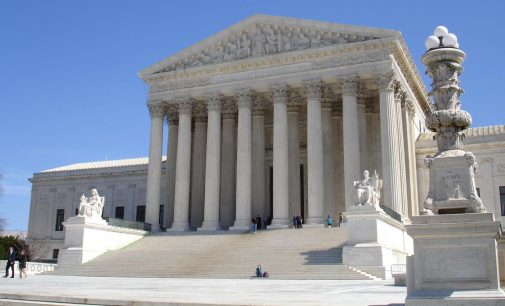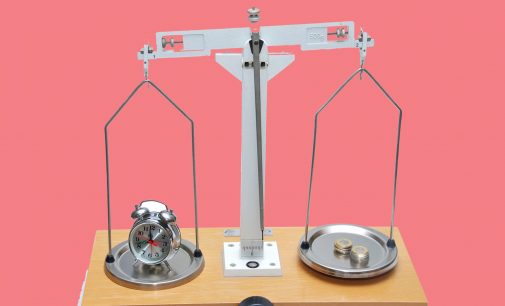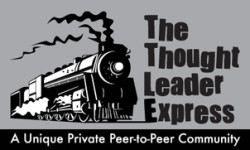Should the platform offer ESG doesn’t necessarily mean good news for the 401k plan sponsor. Including ESG funds might introduce other risks.
Tag "liability"

Normally, interest rates rise with inflation. In turn, bond rates rise with interest rates. But that hasn’t happened. In fact, short rates remain at historic lows. This means folks sitting in money markets or “safe” government bonds (and bond funds) are seeing their retirement savings eroded away.

If you’re a fiduciary of the acquiring plan, you want to make sure you’re not burdened with any unknown liabilities. If you’re a fiduciary of the acquired plan, you want to make sure the merger process doesn’t introduce new liabilities.

What would it take to realize the fiduciary liability of overtly using “risk tolerance” metrics? And what can 401k plan sponsors do about it?

The conflicts-of-interest inherent in selecting proprietary funds are apparent. Less so are the criteria used to determine what a suitable process might be.

If you think the web of fiduciary duties is complex in a 401k plan that focuses on getting employees to save for retirement, imagine how much more intricate it becomes if the plan also has to cater to retired employees.

Plan sponsors can benefit from motivated employees, and the 401k plan is a tool to achieve this motivation. What precisely can plan sponsors offer in addition to the usual company match to make their 401k plan more enticing, more attractive, more motivating?

Once a person enters retirement, the number of scenarios proliferate. Unless the plan sponsor is a financial professional, it’s going to be a challenge to quickly comprehend all these options.

While some may consider this heresy, the best option for a fiduciary managing a portfolio is to include a consistent percentage of assets outside the equity markets and in assets that preserve capital.

In the end, though, you must remember the PEP is brand new. Not all offerings will offer the same advantages. Some may be designed specifically to forego one advantage to emphasize another.










